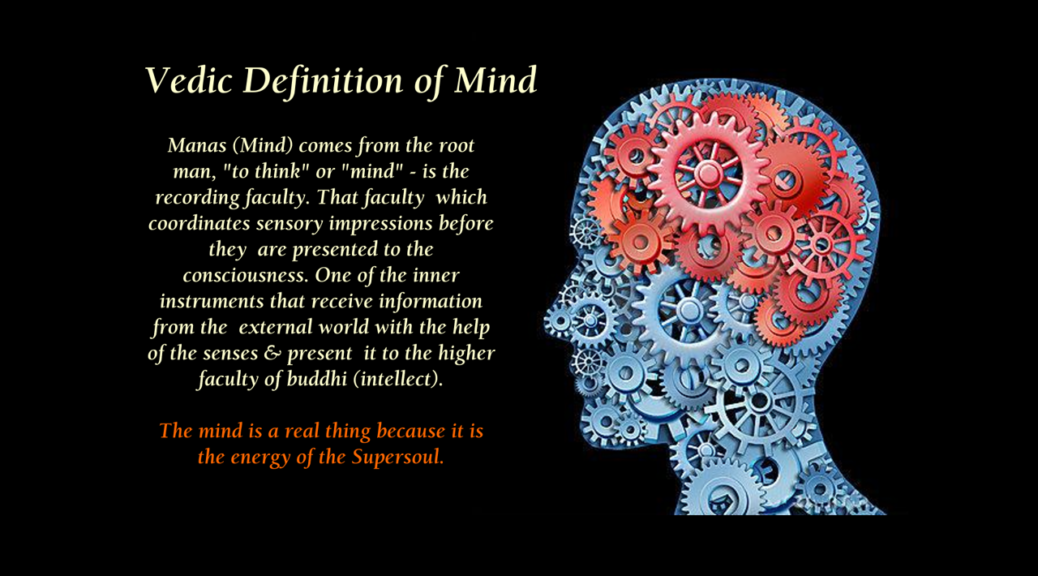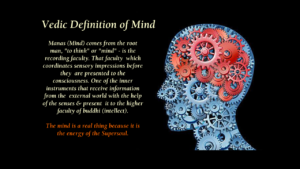
The Six Stages of Learning in Vedic Psychology

The Six Stages of Learning in Vedic Psychology
Introduction:
In Vedic psychology, the process of learning and self-discovery is viewed as a transformative journey that unfolds through six distinct stages. Rooted in ancient wisdom and spiritual insights, these stages offer a roadmap for personal growth, inner awakening, and the realization of one’s true potential. In this exploration, we delve into each stage of learning, illuminating its significance and practical implications for modern seekers of wisdom and enlightenment.
- Shravana (Listening):
The journey of learning begins with the stage of Shravana, which translates to “listening” or “hearing.” In this initial phase, individuals open themselves to receive knowledge and wisdom from external sources, such as spiritual texts, teachers, and gurus. Through attentive listening and receptivity, they absorb the teachings of the ancient scriptures and contemplate their deeper meanings. Shravana lays the foundation for the subsequent stages of learning, serving as a catalyst for inner transformation and growth.
- Manana (Reflection):
Following the stage of Shravana, learners engage in Manana, or “reflection.” In this phase, they critically examine and contemplate the knowledge they have acquired, seeking to deepen their understanding and integrate it into their lives. Through introspection and inquiry, individuals question their assumptions, beliefs, and perceptions, discerning the underlying truths that resonate with their innermost being. Manana fosters intellectual clarity and insight, paving the way for deeper insights and realizations.
- Dharana (Concentration):
As the process of learning unfolds, practitioners enter the stage of Dharana, which refers to “concentration” or “focus.” In this phase, individuals cultivate mental discipline and single-pointed attention, directing their awareness towards a chosen object or idea. Through practices such as meditation, breath control, and visualization, they develop the capacity to quiet the restless fluctuations of the mind and access deeper states of consciousness. Dharana enhances cognitive function and emotional regulation, fostering inner calm and clarity.
- Dhyana (Meditation):
Building upon the foundation of Dharana, learners progress to the stage of Dhyana, or “meditation.” In this profound state of awareness, individuals transcend the limitations of the egoic mind and experience a sense of oneness with the universe. Through sustained focus and inner stillness, they merge with the object of meditation, whether it be the breath, a mantra, or the divine presence. Dhyana awakens the dormant powers of intuition and insight, revealing the interconnectedness of all existence.
- Samadhi (Absorption):
At the pinnacle of the learning journey lies the stage of Samadhi, which denotes “absorption” or “union.” In this state of transcendence, individuals dissolve their sense of separateness and merge with the divine consciousness that pervades all creation. Through complete surrender and surrender, they experience profound peace, bliss, and inner liberation. Samadhi represents the culmination of the learning process, where the seeker realizes their true nature as Atman and attains liberation from the cycle of birth and death.
- Nididhyasana (Contemplation):
The final stage of learning in Vedic psychology is Nididhyasana, which translates to “contemplation” or “deep reflection.” In this stage, individuals integrate the insights and realizations gained from their spiritual practice into their daily lives. Through continuous self-inquiry and self-awareness, they strive to embody the timeless truths of Vedic wisdom in thought, word, and deed. Nididhyasana represents a lifelong commitment to self-discovery and inner transformation, as individuals navigate the challenges and opportunities of the human experience with wisdom, grace, and compassion.
Conclusion:
The six stages of learning in Vedic psychology offer a profound framework for personal growth, spiritual evolution, and the realization of one’s highest potential. Through attentive listening, critical reflection, focused concentration, and deep meditation, individuals embark on a transformative journey of self-discovery and inner awakening. As they progress through each stage, they cultivate greater clarity, insight, and wisdom, aligning with the eternal truths of the universe and realizing their innate unity with all existence.
References:
- Satyananda Saraswati, Swami. (1976). Meditations from the Tantras. Bihar School of Yoga.
- Vivekananda, Swami. (1896). Raja Yoga. Advaita Ashrama.
- Shankaracharya, Adi. (8th century CE). Vivekachudamani. Self-Realization Fellowship.
- Saraswati, Swami Satyananda. (1969). Sure Ways to Self-Realization. Bihar School of Yoga.
- Taimni, I. K. (1961). The Science of Yoga. The Theosophical Publishing House.
- Feuerstein, Georg. (1996). The Yoga Tradition: Its History, Literature, Philosophy, and Practice. Hohm Press.